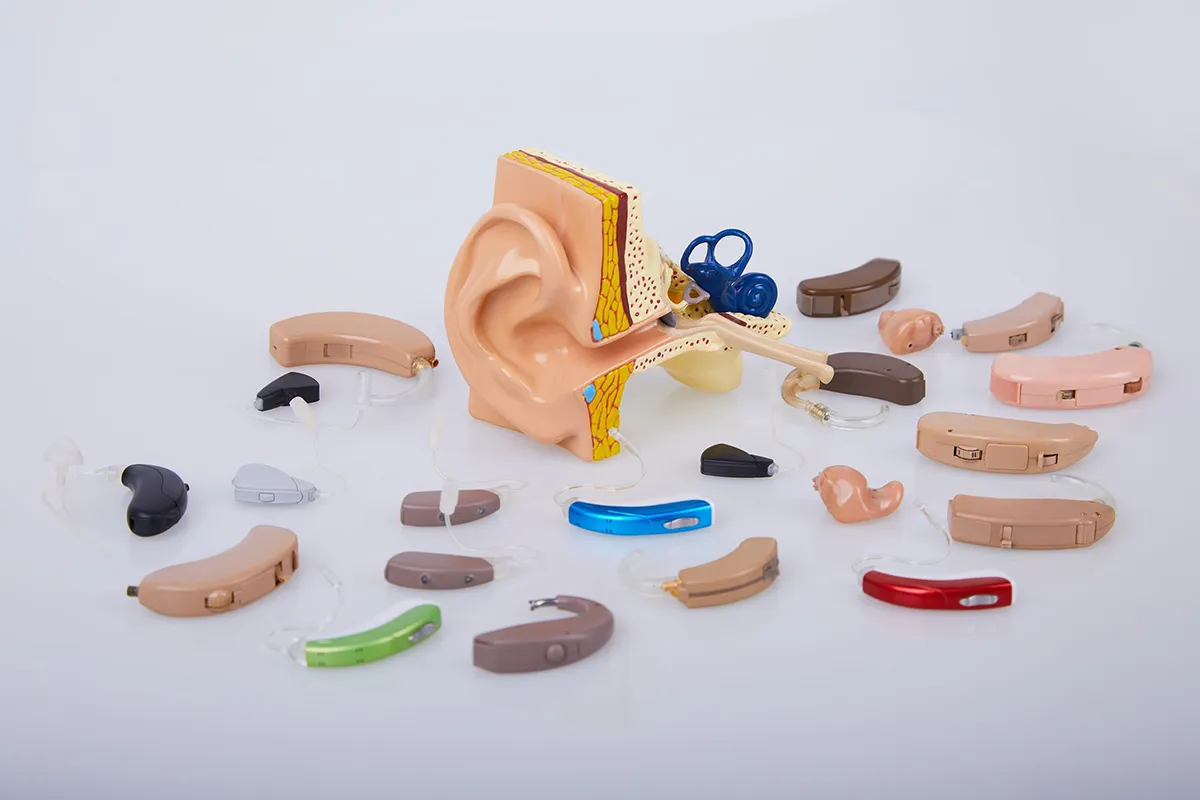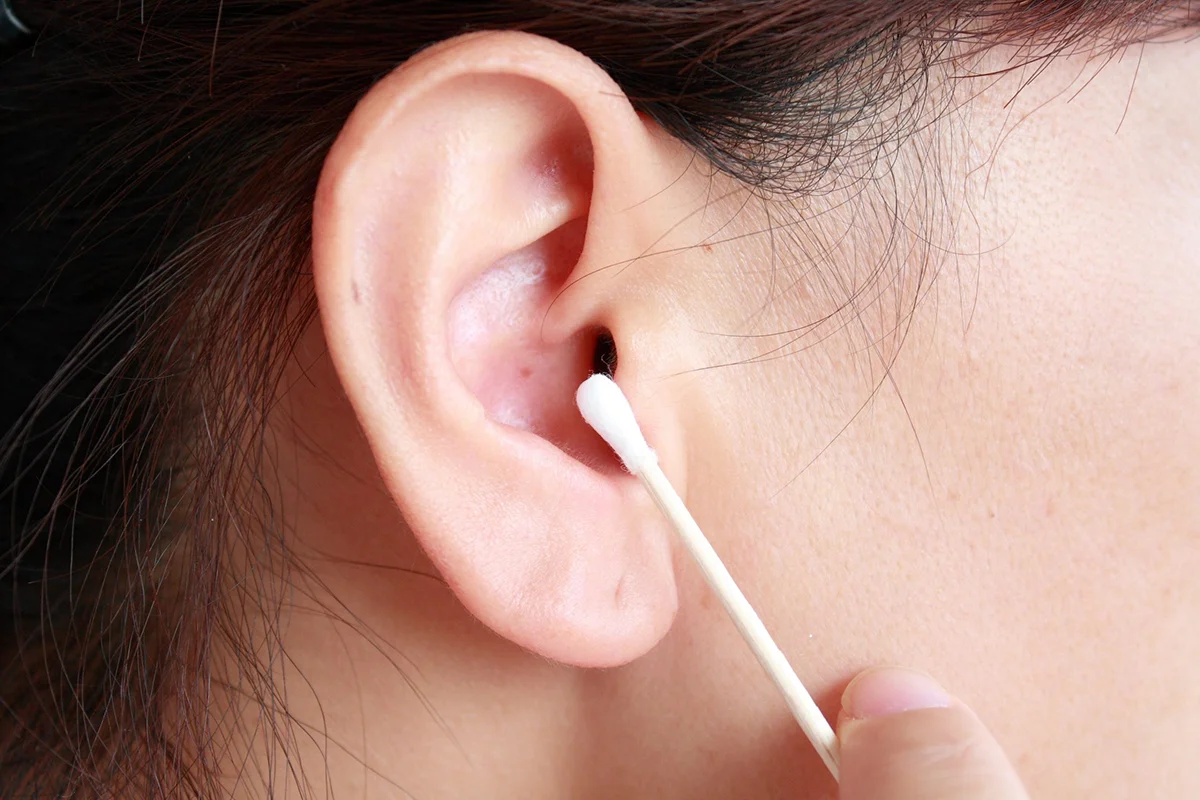When the U.S. Food & Drug Administration (FDA) established over-the-counter (OTC) hearing aids as a new category of hearing aids in October 2022, it provided consumers with a way of acquiring hearing devices that wasn’t available to them before. Here, representatives from the Academy of Doctors of Audiology (ADA), a nationwide organization focused on promoting quality audiologic care, discuss how access to OTC hearing care has changed the hearing health landscape. Also, discover what to look for in an OTC hearing aid that’s also considered to be “self-fitting.”
OTC Hearing Aids: A New Category of Hearing Devices
Prior to the creation of the OTC hearing aid category, the only options for those with hearing loss were prescription hearing aids, which require a qualified audiologist or other licensed hearing professional to assess a patient’s hearing thresholds, make the appropriate prescription, and then professionally fit and adjust the devices for the wearer’s left and right ears. While prescription hearing aids remain the only option for people under the age of 18 or for those with severe hearing loss, OTC models are now an option for adults over the age of 18 who have perceived mild to moderate hearing loss.
The FDA does recommend consulting a medical professional for more severe cases of hearing loss or for any “red flag” conditions, such as pain or discomfort in the ear, heavy earwax buildup, or sudden changes in hearing. Check the hearing aid product labeling or the FDA website for more information on when to seek medical advice.
OTC hearing aids give certain consumers more freedom when it comes to choosing a hearing device since this type of hearing aid does not require a prescription and can be purchased directly from the manufacturer or retailer. Some OTC hearing aids are also self-fitting, which means individuals have the ability to conduct the entire process for self-fitting and other personalizations at home.
FDA Regulation of Hearing Aids
Both OTC hearing aids and prescription hearing aids are intended to help people who have trouble hearing, and both are regulated by the FDA. Dr. Victor Bray, M.Sc., Ph.D., FNAP, and a past president of the ADA, says, “The OTC hearing aid regulations that came out from the FDA back in the fall of 2022 fundamentally changed the landscape in which hearing aids are regulated.”
ADA Executive Director Stephanie Czuhajewski continues, “First and foremost, [OTC hearing aids are] for adults over the age of 18 with perceived mild to moderate hearing loss. So what the FDA did was, they came up with technical aspects to that and requirements that the manufacturers would have to meet in order to be allowed to be called OTC hearing aids.”
The FDA’s ruling dictates that manufacturers must register OTC devices with the FDA and follow specific regulations around output limits, packaging, and the terms of sale, among other things.
Are All OTC Hearing Aids Self-Fitting?
OTC hearing aids and self-fitting hearing aids alike must be registered with the FDA and meet specific FDA standards, but not all OTC hearing aids are self-fitting and allow the user to adjust or fit the hearing aids themselves to their unique hearing needs.
For hearing aids to earn a self-fitting designation, the manufacturers must provide clinical proof to the FDA that the self-fitting function is safe and effective for adults with perceived mild to moderate hearing loss. The FDA reviews the data and, if appropriate, will clear the manufacturer to claim the hearing aids are self-fitting.
 OTC hearing aids and self-fitting hearing aids must be cleared with the FDA and meet specific FDA standards.
OTC hearing aids and self-fitting hearing aids must be cleared with the FDA and meet specific FDA standards.
Benefits of Self-Fitting Hearing Aids
Unlike prescription hearing aids, self-fitting hearing aids don’t require a prescription, but that doesn’t necessarily mean they make compromises in terms of the options or features they offer. For example, there are self-fitting devices that include bluetooth technology or noise reduction or that are rechargeable hearing aids. Additionally, some wearers want to only consider hearing aid styles that can be worn completely in the ear canal versus behind the ear.
Those who choose a self-fitting hearing aid might also appreciate having the ability to personalize the device themselves from the comfort of their own home. This could include undergoing an online hearing screening to facilitate the self-fitting process or making adjustments via a mobile app to the output of the self-fitting device for certain listening situations or hearing environments.
“There are a lot of considerations when you’re looking at over-the-counter hearing aids,” Bray says. “I personally would recommend that you at least look for something that is self-fitting. But if you can also get something that has a support system built into it, that they’re going to provide remote or in-person assistance will help you get the most out of your hearing aid.”
Because self-fitting hearing aids are personalized by the consumer at home, brands with self-fitting options often have robust customer service programs that can help the wearer achieve the best possible experience when it comes to customizing fit and sound quality.
Why Access to OTC Hearing Aids Matters
Czuhajewski says, “ADA was largely very supportive of the rule and remains supportive of the final rule for the over-the-counter hearing aids, because we really view hearing health as public health,” Czuhajewski says. “And we want to make sure that there is increased access, affordability, and competition and the things that really excellent implementation of that rule can provide.”
Bray explains, “The goal is to get more people who have untreated hearing loss to get treatment for hearing loss. If we can get a million people to get over-the-counter hearing aids and use them, that’s a million lives reached. And that will be huge for the hearing health of our nation. And each one of these people, because they have earlier intervention, are going to be better off in their emotional health, their mental health and their brain health.”
Learn about more hearing health topics in this series by Eargo in collaboration with the ADA.
The information contained in multimedia content, interviews, or quotations from third parties (the “Content”) posted represents the views and opinions of the interviewed participants and does not necessarily represent the views or opinions of Eargo, Inc. (“Eargo”).
The production of the Content was paid for by Eargo, although the interviewed participants did not receive any money from Eargo for their participation in the creation of the Content. The Content has been made available for informational and educational purposes only and does not purport to be complete; nor is it intended to be a substitute for professional medical advice. Eargo does not make any representations or warranties with respect to the accuracy, applicability, fitness, or completeness of the Content.





